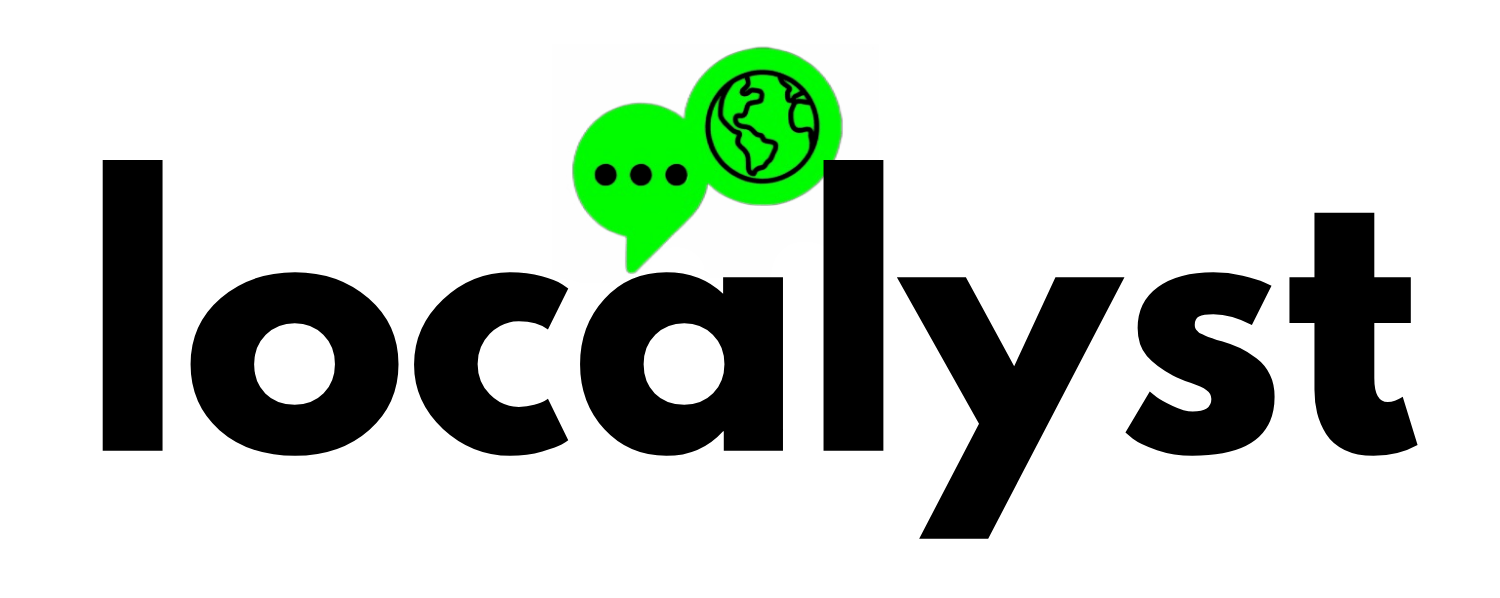With the country’s attention on political debates and global conflicts, a historic environmental victory has quietly unfolded in the Pacific Northwest. The largest dam removal project in U.S. history has transformed the Klamath River, creating a chance to restore one of America’s most important salmon runs. But the work is far from over—now, the focus shifts to ensuring the river’s long-term recovery.
Why Were the Dams Built?
In the early 20th century, hydroelectric dams were symbols of progress, powering communities and fueling economic growth. The Klamath River, stretching from southern Oregon to California’s northern coast, was once a thriving ecosystem that sustained Indigenous tribes for thousands of years. However, starting in 1918, four major dams—J.C. Boyle, Copco No. 1, Copco No. 2, and Iron Gate—were built to generate electricity, blocking salmon from their historic spawning grounds.
At the time, fish passage wasn’t a priority. Instead of building ladders or bypasses for migrating salmon, officials relied on hatcheries to artificially support fish populations. However, the dams trapped sediment, raised water temperatures, and fueled toxic algal blooms. Salmon populations plummeted, devastating tribal communities that depended on them for food and cultural traditions.
The Turning Point: A Community-Led Fight for Change
For decades, tribes and environmental advocates fought for the river’s restoration. In 2002, a catastrophic fish kill sent a powerful signal that something had to change. That year, water diversions left too little flow for salmon, and toxic algae blooms in the stagnant reservoirs made conditions worse. An estimated 70,000 salmon and other fish died in what became one of the worst die-offs in U.S. history.
This event galvanized action. A coalition of tribal nations, environmentalists, and fishing groups launched a campaign to remove the dams. After years of advocacy and negotiations, PacifiCorp, the utility company operating the dams, agreed to a plan that would eventually lead to their removal.

Dam Removal and the Road to Recovery
By the end of 2024, all four dams were demolished, opening up 400 miles of salmon habitat that had been blocked for a century. This moment was celebrated not just by environmentalists but by local communities who recognized the long-term benefits:
- Salmon Reintroduction: The removal allows salmon, steelhead, and Pacific lamprey to return to their historic spawning grounds. A key part of the plan includes monitoring fish populations and, if necessary, supplementing them with hatchery-reared salmon from the newly constructed Fall Creek Hatchery.
- Water Quality Improvement: Without the stagnant reservoirs, the river is expected to return to its natural flow, reducing the warm, slow-moving waters that foster harmful algal blooms.
- Tribal and Cultural Revival: The restoration of the river isn’t just about fish—it’s about restoring Indigenous ways of life. Tribes like the Yurok, Karuk, and Klamath have long fought for the return of their ancestral waters and now play a leading role in the restoration efforts.

Challenges and the Path Forward
While the dam removal was a historic victory, the process of river restoration is just beginning. One of the biggest challenges is sediment. Over the past century, the dams trapped millions of cubic yards of sediment, and as the structures were removed, this material was flushed downstream. Initial concerns about oxygen depletion were mitigated when water quality rebounded faster than expected.
Another key challenge is making sure fish populations recolonize the newly available habitat successfully. The California Department of Fish and Wildlife (CDFW), alongside tribal co-managers, is closely monitoring fish movement and health. Hatcheries will play a temporary role in bolstering fish numbers, but the goal is to establish self-sustaining wild populations.
What’s Next?
This project sets a precedent for future dam removals across the country. The Klamath River restoration is being watched closely by scientists, policymakers, and advocates as a test case for balancing energy production, conservation, and tribal rights.
If successful, it could inspire similar projects on other rivers where aging dams continue to block critical fish passage. In the meantime, local communities, tribal leaders, and environmental groups are ensuring the newly freed river is protected and its benefits shared widely.
Want to Stay Involved?
The Klamath River story isn’t over—it’s just beginning. If you’re interested in following updates or supporting similar restoration efforts, check out these resources:




